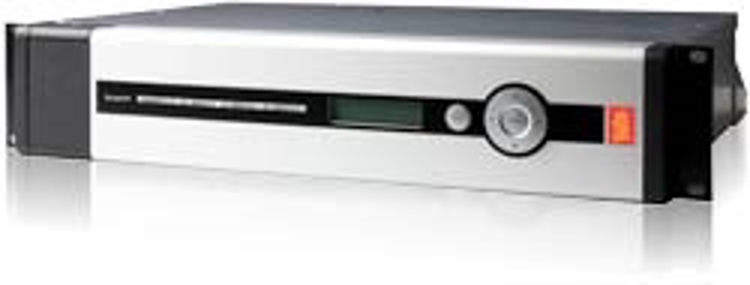Precise positioning accuracy for demanding operations in challenging environments.

The next generation of the Kongsberg Seatex Seapath family will be displayed on the Kongsberg Maritime stand (E600) and demonstrated aboard MMT Seabeam at Oceanology International 2010. The new Seapath 300 family of products offers the best possible combination of GNSS signals and inertial measurements for precise heading, attitude and positioning and is designed for demanding operations in challenging environments.
Seapath 300 is a high grade family of products developed by Kongsberg Seatex specifically for the hydrographic market and other high precision applications where heading, position, roll, pitch, heave and timing are critical measurements in order to achieve precise and accurate results. Possible applications include: Hydrographic surveying, dredging, oceanographic research, seismic work and offshore construction where accurate compensation of multibeam echo sounders, hydro acoustic positioning systems and ADCPs or vessel motion monitoring is required.
As a dual GNSS solution, with the possibility to use GLONASS in addition to GPS satellites, Seapath 300 is highly reliable, offering significantly increased system availability and robust integrity monitoring, especially in highly obstructed environments, where satellite acquisition may be a challenge. In case of a complete GNSS dropout, the inertial sensor part of the product – the new MRU 5+ is able to take over to provide position, velocity and heading measurements. This requires no user actions and ensures that operations may continue until the GNSS signal returns.
The Seapath software comprises an 'All-in-One' signal processing core with advanced algorithms and true parallel processing of all available signals including inertial measurements and SBAS (e.g. WAAS, EGNOS, MSAS and GAGAN). DGPS/DGLONASS corrections from different sources are combined by the unique MULTIREF™ capability and there is no practical limitation to the number of reference stations handled by the Seapath software. The system provides a high output data rate (up to 200 Hz), zero delay on output data, data available in up to eight different measurement points and with a total of 16 configurable ports via Ethernet, 3 analog channels and 8 serial lines.
Seapath 300 makes use of newly developed PFreeHeave® algorithms, which use past measurements to output a correct and phase-free heave. PFreeHeave provides benefits in long swell conditions and for applications that can utilize a delayed heave signal such as seabed mapping applications.
Visit stand E600 at Oceanology International 2010 to find out more about the KONGSBERG Seatex Seapath 300 and MRU 5+, and to book a demonstration of both products in action aboard the MMT Seabeam.